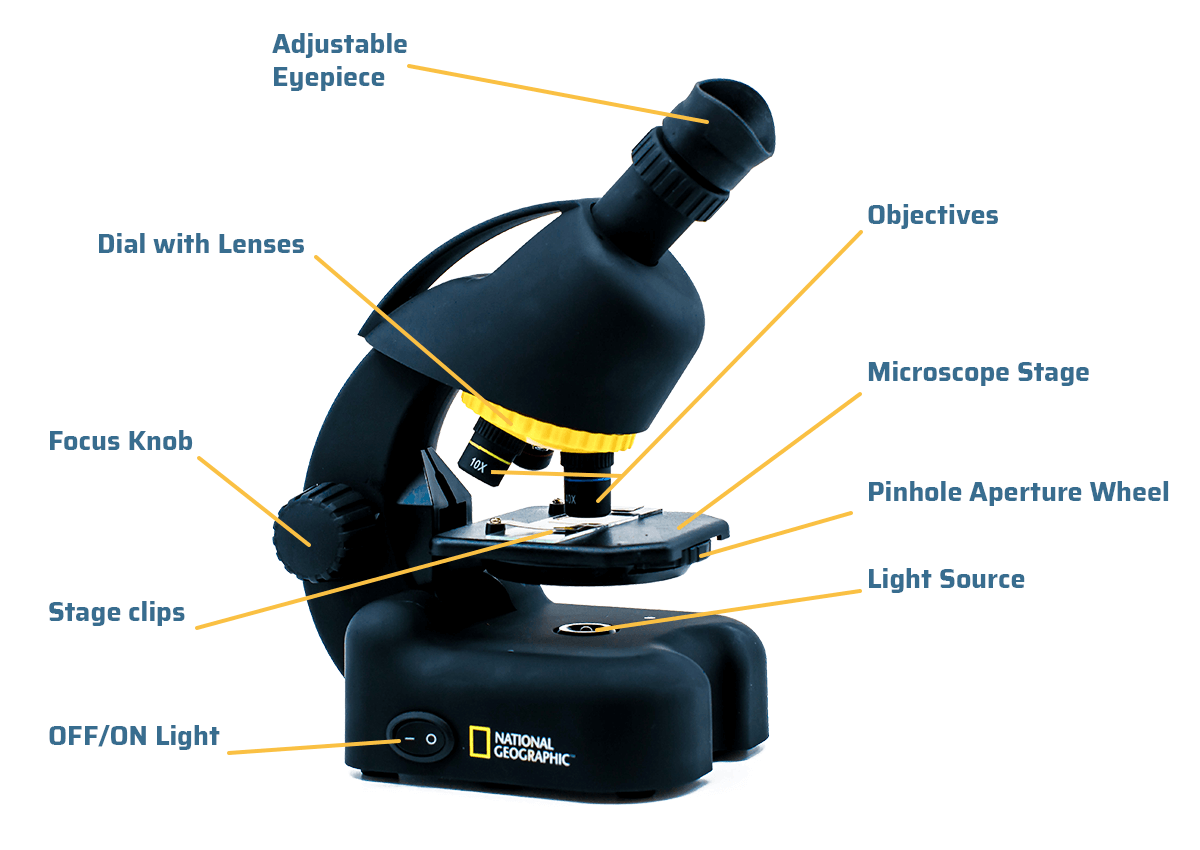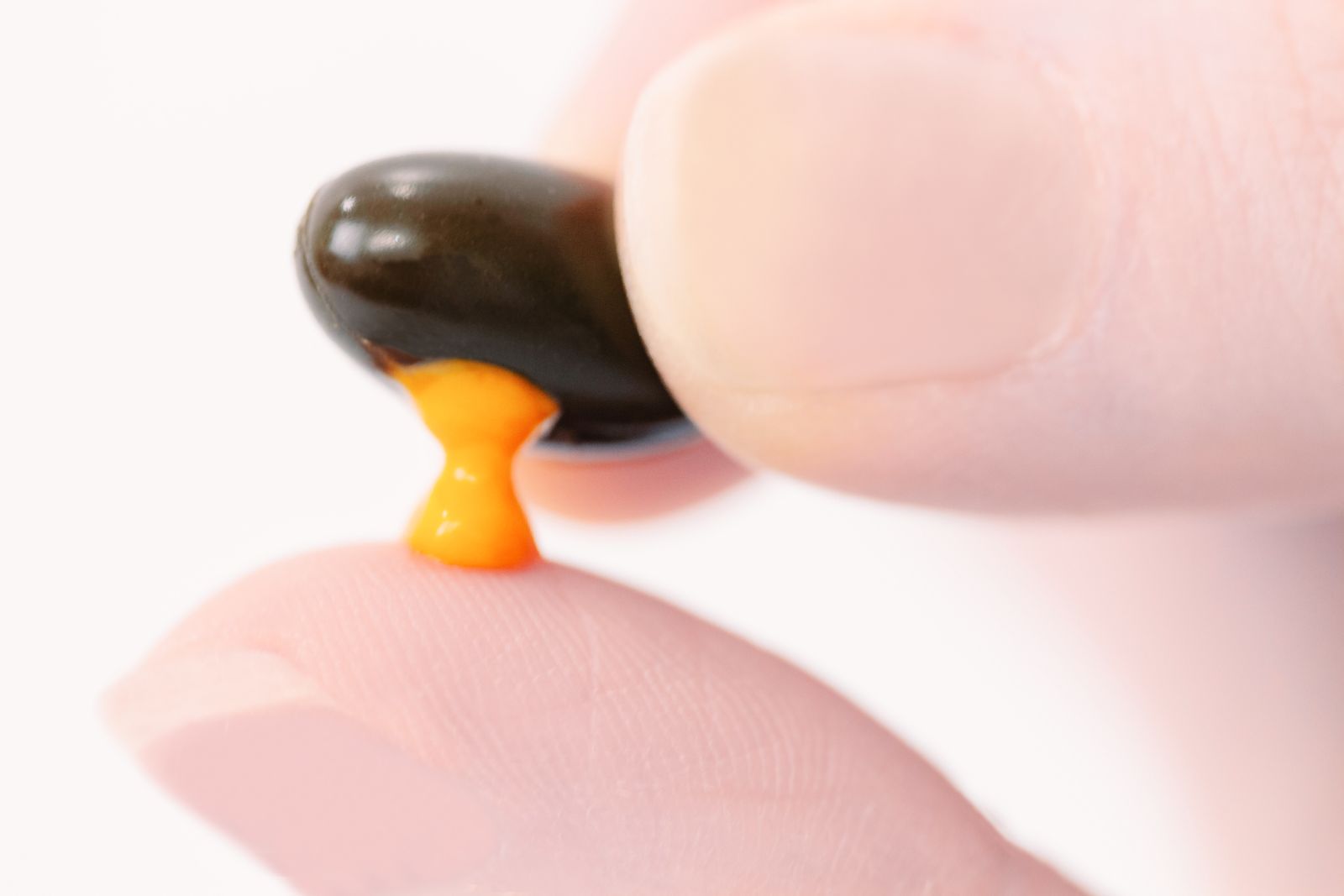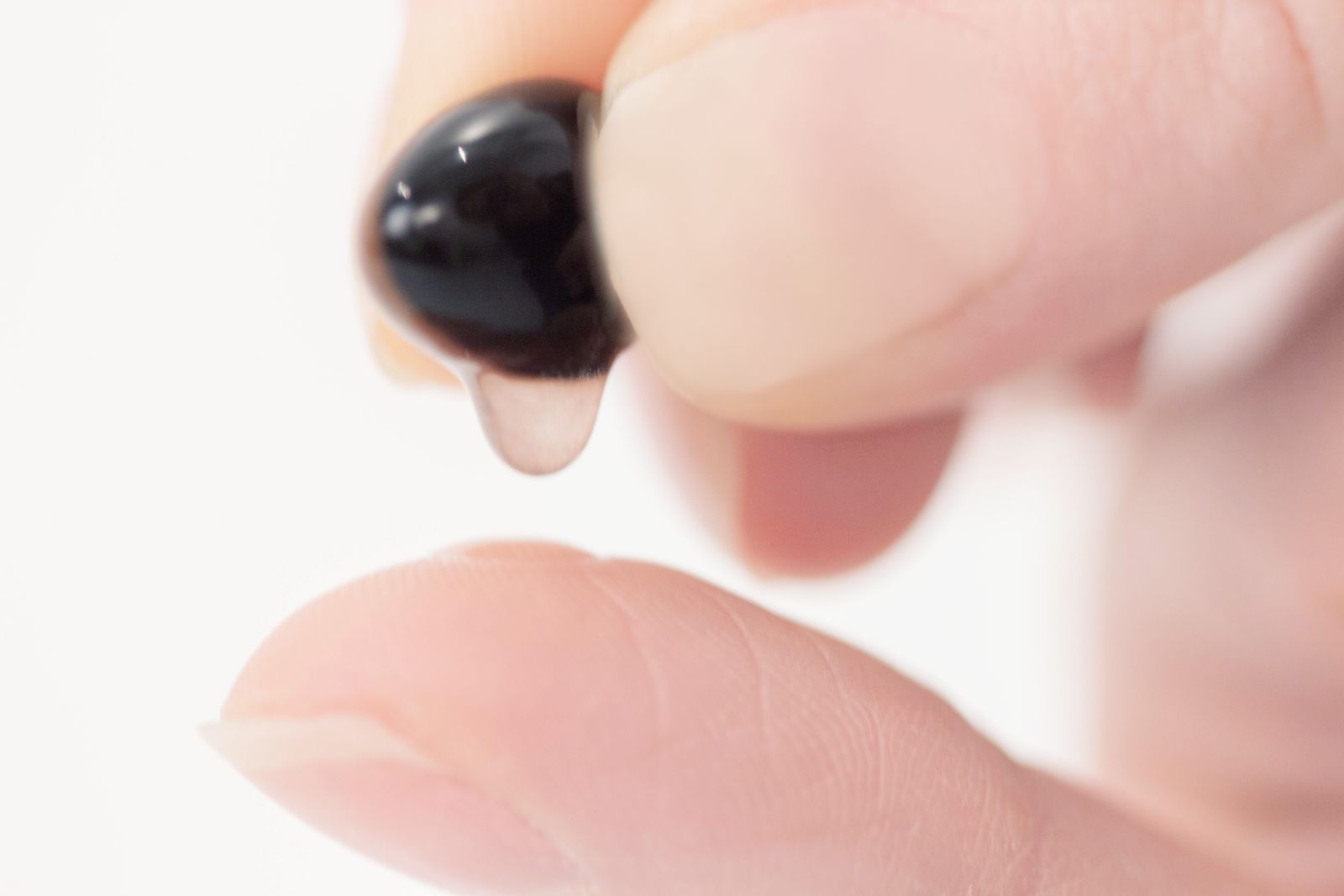Test the Quality of your CoQ10
Is your CoQ10 product full of large low absorbable crystals or does it contain thin needle-shaped crystals which dissolve in the body into absorbable Q10 molecules? Find out by having your product tested.
Follow our step-by-step guide on how to test it yourself.
Test your CoQ10 Yourself
You can easily test the quality of your CoQ10 preparation at home. All you need is a microscope.
It does not need to be a microscope that costs hundreds or thousands of dollars. Even a relatively inexpensive microscope will do the job. At Pharma Nord, we have tested a simple microscope made of plastic and with a pricetag of less than $100. This simple microscope is easy to use and comes with everything that you will need to use it.
The instructions for the microscope indicate that it can be used by children aged 6 years and older. It is made by the optics company Bresser in colloration with National Geographic, and it has a special feature that makes it possible to take pictures with a cell phone of the specimens you are examining with the microscope although this is not necessary to assess the preparation.
Microscope Terminology

How does it work?
You start by poking a hole into or cutting the end off the CoQ10 capsule (1) and then pressing a little drop of the CoQ10 out onto a rectangular specimen slide (2). You put a little square coverslip over the little drop of CoQ10 (3).
Remember: it is important that the drop of CoQ10 is not too thick. Light microscopes need only a thin layer of CoQ10 so that the light can penetrate through. When you look into the light microscope, you will get authentic colors, as a rule; however, the colors may change when you take a picture of the CoQ10.
If the CoQ10 specimen is too thick, then you should pinch the coverslip lightly using tweezers or scissors or something similar (4). Please don't use your greasy fingers.
 |
| Step-by-step process of setting up the microscope and CoQ10 preparation |
You turn on the microscope light (5). Using the focus knob, screw down the microscope stage with the prepared specimen slide secured in the stage clips above the light source (6). Usually, you will start by using an objective lens with low resolution. You will slowly turn the microscope stage up until the CoQ10 specimen comes into focus.
Then you can simply rotate the dial on which the various lenses are attached and also the eyepiece to get a higher magnification. Just below the microscope stage, there is a wheel with pinhole apertures that regulate the amount of light. The higher the magnification, the more light is needed.
To take a photo, attach the smartphone holder to the eyepiece (7) and make sure that your smartphone camera is placed exactly above the eyepiece picture (8).
 |
| Step-by-step process of setting up the microscope and CoQ10 preparation |
Look for Crystals in the CoQ10 Specimen
The point of your microscope investigation is to look for crystals in the CoQ10 specimen. You can evaluate the probable absorbability and bio-availability of the CoQ10 you have bought by looking at the size and shape/form of the crystals in the specimen.
Here is the thing to note: The CoQ10 raw material that all CoQ10 products on the market are produced from comes as a crystalline powder. We humans cannot absorb CoQ10 crystals in our small intestines. To become absorbable, the CoQ10 crystals have to be dissolved into single CoQ10 molecules.
"Big chunky CoQ10 crystals will not dissolve sufficiently after ingestion. They will mostly be excreted. "
Small, needle-shaped CoQ10 crystals, on the other hand, will melt to separate single CoQ10 molecules, which can be absorbed in the small intestine. According to the information provided in Pharma Nord's European patent, the needle-shaped CoQ10 crystals in the Pharma Nord capsules should be mostly dissolved ten minutes after ingestion.
One thing that could disrupt or inhibit your evaluation of the CoQ10 preparation that you have purchased would be relatively large quantities of additive, e.g. vitamins, minerals, or herbs. Therefore the test is best done using a pure CoQ10 product.
The Various CoQ10 Crystal Types
Polymorphic crystals (lumpy crystals) are bad as they are not absorbed in the intestine.
Acicular crystals (needle-shaped crystals) are good as they are able to melt into single molecules that can be absorbed.
Spherulite crystals (needle-shaped crystals radiating out from a center) are good as they are able to melt into single molecules that can be absorbed.
Plate-shaped crystals might be slightly better absorbed than large lumpy ones if they are very thin.
The following two microscope images are taken with the simple microscope at 400X magnification showing two different Q10 preparations. It's easy to see the difference.


The Ubiquinone or Ubiquinol Form of CoQ10
Another test you can easiliy perform at home is to examine whether your ubiquinol softgel contains ubiquinol or whether the content has been oxidized to become ubiquinone. Ubiquinone is a more stable form so ubiquinol will have a natural tendency to oxidize back to the ubiquinone form.
The difference is very easy to spot: Ubiquinone is a yellow / orange substance, whereas ubiquinol is a white substance prior to oxidation. Poke a hole in your ubiquinol softgel and squeeze out the content onto a napkin or plate. If the content is yellow or orange, then the ubiquinol has been oxidized and thereby converted to ubiquinone. If the contents are transparent white, then the content is ubiquinol as declared.
 |
 |
| Ubiquinone | Ubiquinol |
Where can I buy the Original CoQ10 product?

The original CoQ10 product that was used for most of the scientific studies documenting the effects of Q10 was a medical preparation called Myoqinon.
This is now available in the US as a dietary suplement under the name of Bio-Quinone Active. It is manufactured in exactly the same way as Myoqinon and is identical.

